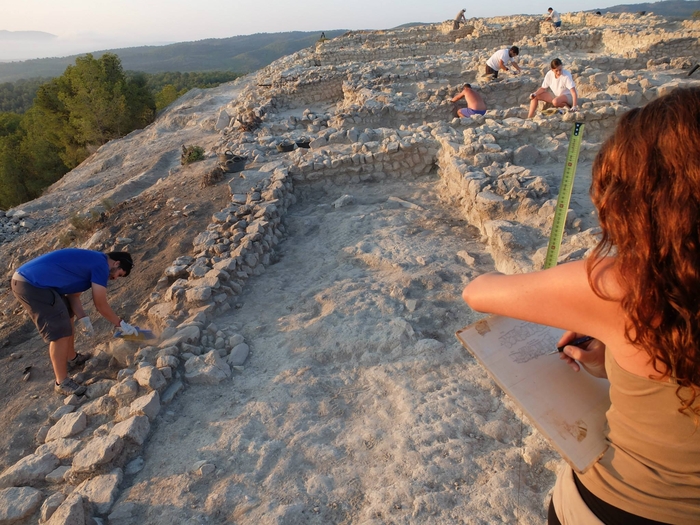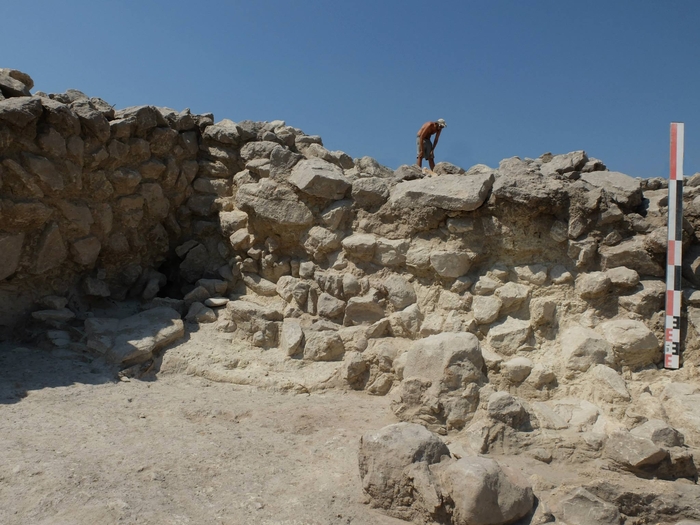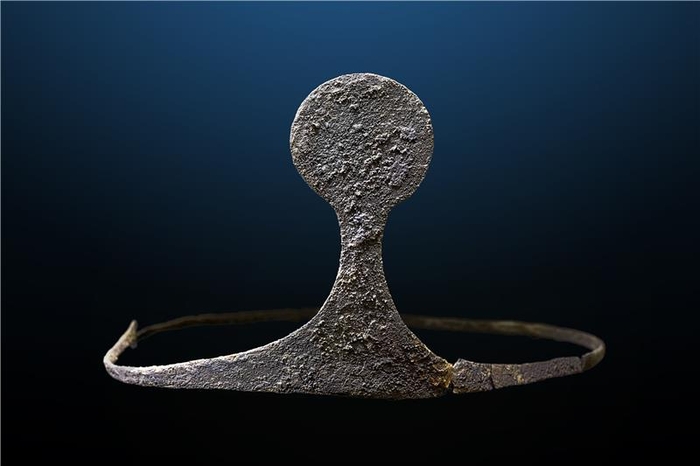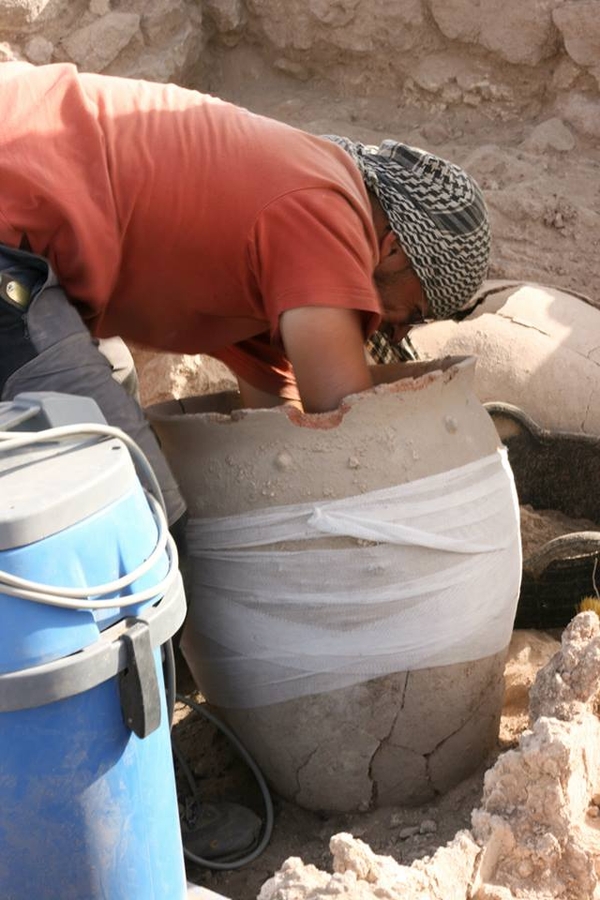- Region
- Águilas
- Alhama de Murcia
- Jumilla
- Lorca
- Los Alcázares
- Mazarrón
- San Javier
-
ALL AREAS & TOWNS
- AREAS
- SOUTH WEST
- MAR MENOR
- MURCIA CITY & CENTRAL
- NORTH & NORTH WEST
- TOWNS
- Abanilla
- Abarán
- Aguilas
- Alamillo
- Alcantarilla
- Aledo
- Alhama de Murcia
- Archena
- Balsicas
- Blanca
- Bolnuevo
- Bullas
- Cañadas del Romero
- Cabo de Palos
- Calasparra
- Camping Bolnuevo
- Campo De Ricote
- Camposol
- Canada De La Lena
- Caravaca de la Cruz
- Cartagena
- Cehegin
- Ceuti
- Cieza
- Condado de Alhama
- Corvera
- Costa Cálida
- Cuevas De Almanzora
- Cuevas de Reyllo
- El Carmoli
- El Mojon
- El Molino (Puerto Lumbreras)
- El Pareton / Cantareros
- El Raso
- El Valle Golf Resort
- Fortuna
- Fuente Alamo
- Hacienda del Alamo Golf Resort
- Hacienda Riquelme Golf Resort
- Isla Plana
- Islas Menores & Mar de Cristal
- Jumilla
- La Azohia
- La Charca
- La Manga Club
- La Manga del Mar Menor
- La Pinilla
- La Puebla
- La Torre
- La Torre Golf Resort
- La Unión
- Las Palas
- Las Ramblas
- Las Ramblas Golf
- Las Torres de Cotillas
- Leiva
- Librilla
- Lo Pagan
- Lo Santiago
- Lorca
- Lorquí
- Los Alcázares
- Los Balcones
- Los Belones
- Los Canovas
- Los Nietos
- Los Perez (Tallante)
- Los Urrutias
- Los Ventorrillos
- Mar De Cristal
- Mar Menor
- Mar Menor Golf Resort
- Mazarrón
- Mazarrón Country Club
- Molina de Segura
- Moratalla
- Mula
- Murcia City
- Murcia Property
- Pareton
- Peraleja Golf Resort
- Perin
- Pilar de la Horadada
- Pinar de Campoverde
- Pinoso
- Playa Honda
- Playa Honda / Playa Paraíso
- Pliego
- Portmán
- Pozo Estrecho
- Puerto de Mazarrón
- Puerto Lumbreras
- Puntas De Calnegre
- Region of Murcia
- Ricote
- Roda Golf Resort
- Roldan
- Roldan and Lo Ferro
- San Javier
- San Pedro del Pinatar
- Santiago de la Ribera
- Sierra Espuña
- Sucina
- Tallante
- Terrazas de la Torre Golf Resort
- Torre Pacheco
- Totana
- What's On Weekly Bulletin
- Yecla


- EDITIONS:
 Spanish News Today
Spanish News Today
 Alicante Today
Alicante Today
 Andalucia Today
Andalucia Today
La Almoloya Argaric site at Pliego contains early government buildings
The discoveries at La Almoloya are among the earliest of their kind in Europe

The La Almoloya archaeological site in Pliego, close to Mula in the north-west of the region is by no means the best-known in Spain – in fact, many people even in the Region of Murcia have never heard of it – but recent discoveries indicate that it may be far more important than has been thought until now.
This week the results of the summer excavation campaign carried out in August by archaeologists from the Universitat Autònoma de Barcelona’s (UAB) Department of Prehistory, lead by Vicente Lull, Cristina Huete, Rafael Micó and Roberto Risch, were presented, highlighting the importance of the Argaric culture in the Region of Murcia.

La Almoloya is located on a high plateau surrounded by steep slopes, dominating an extensive area and was occupied for around six hundred years between 2200 and 1550 BC. The site covers an area of 3,800 square metres, and includes some substantial residential complexes of around 300 square metres each with eight to twelve rooms in each residence.
These are large buildings for a prehistoric culture and support evidence gathered from other sites occupied by the “El Argar” civilization, often simply referred to as the Argarics. The remains show that they were a structured and organized culture with a defined hierarchy, who amassed wealth and material possessions through agricultural and trading activity, possessing advanced technology for their era (click to read full report about the Argaric Culture).
Although the site was originally first discovered in 1944, its significance is only just starting to come to light, and these latest excavations indicate that it may contain some of the earliest buildings created specifically for political purposes in continental Europe.

The culture is named after the first major settlement found at El Argar, which is located a hundred kilometres to the south-west in Almeria, and was clearly an established culture with an administrative structure, each population centre controlling an area and the farming activity within it.
The excavations indicate that La Almoloya functioned as a primary centre of politics and wealth within the political territory, with a substantial structure, dozens of burials and a substantial urban area. The buildings' walls were constructed with stones and argamasa, and covered with layers of mortar. Some parts contain stucco decorated with geometric and naturalistic motifs, a novelty which indicates the discovery of an Argan artistic style.
However, the most exciting discoveries this summer are what are being called “palatial constructions” which were clearly occupied by the elite of the Argaric culture and an unusually bountiful collection of grave goods in around fifty tombs. In one tomb, located in a privileged position next to the main hall of the main palace construction is the burial of a man and woman, flexed up together ( double burials are very rare in the Argaric culture) and accompanied by around thirty objects fashioned from semi-precious stones and noble metals.
One of the highlights is a silver diadem which was placed on the woman’s head, and this is particularly significant since the only four similar findings belonging to the Argaric culture were all found at the site of El Argar itself over 130 years ago. None of the El Argar crowns still remains in Spain.

Four ear dilators, which are unusual objects for the Bronze Age, were also discovered; two are made up of solid gold and two of silver.
The volume of silver found at the site is also particularly important, as archaeologists also discovered nine other objects made of silver, including rings, earrings and bracelets. They also discovered that the nails used to hold the handle of an elaborate bronze dagger were made of silver.
Another item of note is a small ceramic cup with the rim and outer part covered in fine layers of silver, a very rare object as most Argaric pottery was standardized and without ornamentation. All of these objects indicate trade and outside influence, although at the moment archaeologists have tantalizingly little evidence of where this culture originated and where the influences for their structure and customs originated.

Alongside the tombs and the jewelry, though, the buildings discovered could be even more significant. The solidity and size of the construction is said by archaeologists to be unique in continental European pre-history.
One of the buildings found contains a 70-square-metre hall with room for 64 people to sit on the stone benches around the walls, and contains a ceremonial fireplace and a podium of symbolic character.
Archaeologists confirm that this is the first time a building which appears to have been specifically dedicated as a meeting space of this nature from this era has been found in Western Europe, and believe that this space may have been used as a courtroom or for administrative meetings: if this is the case then it could prove to be the earliest such administrative space yet discovered in western Europe.
 The hall and adjoining rooms make up a large building, which the archaeologists have classified as a palace. They highlight the fact that only the most important Oriental civilisations had similar constructions during the Bronze Age, with comparable structures and functions.
The hall and adjoining rooms make up a large building, which the archaeologists have classified as a palace. They highlight the fact that only the most important Oriental civilisations had similar constructions during the Bronze Age, with comparable structures and functions.
La Almoloya offers a vast amount of promise for future excavations, as does the other major Argaric site in the Murcia Region at La Bastida in Totana, but as is normal, financing is always critical to whether work can continue or not. The team leading the archaeological dig at La Almoloya is led by Vicente Lull, Rafael Micó, Cristina Rihuete and Roberto Risch, professors at the Universitat Autònoma de Barcelona, the same team who have carried out the work at La Bastida.
The work undertaken at La Almoloya received funding from the firm CEFU, SA, owner of the land on which the site is located, and from Barcelona University, with the Council of Education, Culture and Universities of the Region of Murcia providing research support.
Cartagena
El Carmoli
Islas Menores and Mar de Cristal
La Manga Club
La Manga del Mar Menor
La Puebla
La Torre Golf Resort
La Union
Los Alcazares
Los Belones
Los Nietos
Los Urrutias
Mar Menor Golf Resort
Pilar de la Horadada
Playa Honda / Playa Paraiso
Portman
Roldan and Lo Ferro
San Javier
San Pedro del Pinatar
Santa Rosalia Lake and Life resort
Terrazas de la Torre Golf Resort
Torre Pacheco
Aledo
Alhama de Murcia
Bolnuevo
Camposol
Condado de Alhama
Fuente Alamo
Hacienda del Alamo Golf Resort
Lorca
Mazarron
Puerto de Mazarron
Puerto Lumbreras
Sierra Espuna
Totana
Abaran
Alcantarilla
Archena
Blanca
Corvera
El Valle Golf Resort
Hacienda Riquelme Golf Resort
Lorqui
Molina de Segura
Mosa Trajectum
Murcia City
Peraleja Golf Resort
Ricote
Sucina
Condado de Alhama
El Valle Golf Resort
Hacienda del Alamo Golf Resort
Hacienda Riquelme Golf Resort
Islas Menores and Mar de Cristal
La Manga Club
La Torre Golf Resort
Mar Menor Golf Resort
Mazarron Country Club
Mosa Trajectum
Peraleja Golf Resort
Santa Rosalia Lake and Life resort
Terrazas de la Torre Golf Resort
La Zenia
Lomas de Cabo Roig

CAMPOSOL TODAY Whats OnCartagena SpainCoronavirusCorvera Airport MurciaMurcia Gota Fria 2019Murcia property news generic threadWeekly Bulletin
